Grand Kenya & Uganda Safari
16 days, 15 nights
Price Range:
$14,966 – $32,141
(all-inclusive price per person, depending on dates & camps selected)
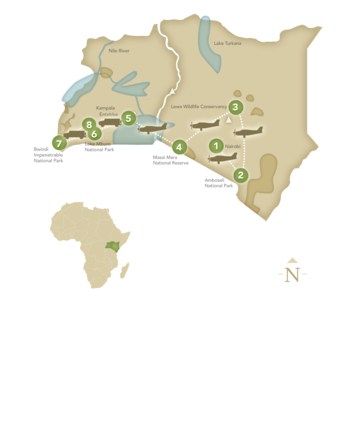 view larger image
view larger image
Kenya and Uganda together offer an optimal combination of Africa’s most captivating wildlife wonders. Explore safari icons like the Maasai Mara—Kenya’s side of the famed Serengeti Plains—and Amboseli National Park, in the shadow of Mount Kilimanjaro, then traverse the savanna into Uganda’s mountain rainforests for a face-to-face meeting with the rare mountain gorilla. Along the way, witness Lewa’s rhino conservation success story and safari by boat into the wildlife-laden wetlands of Lake Mburo National Park

Our Expert Says
This is a fantastic combination itinerary. For first-timers or repeat safari-goers, this itinerary has it all, from the Big Five to wonderment of the mountain gorillas. A special addition -- what sets this itinerary apart from our Classic Kenya & Uganda route -- are two days in beautiful Lake Mburo National Park, where wildlife and exciting nature activities abound.
– Corrin LaCombe
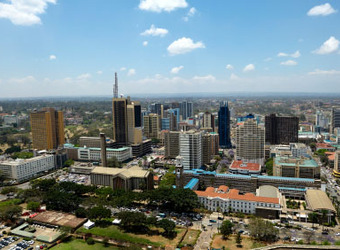 view image gallery
view image gallery
Day 1: Nairobi
A rough outpost amidst a highland swamp as the colonial capital of British East Africa in 1907, Nairobi today is the urban heartbeat of independent Kenya and one of Africa’s most important cities. Nairobi has long been a meeting point for adventurers and travelers from all over the world, and most Kenya safaris still originate here. Nairobi’s national museum and the historic home of Karen Blixen, author of Out of Africa, are popular attractions.
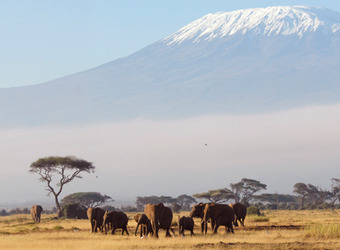 view image gallery
view image gallery
Days 2-4: Amboseli / Chuylu Hills
Elephants abound in Amboseli, and to see these African icons against the backdrop of snow-topped Mount Kilimanjaro is a timeless image of the continent. This mosaic of dusty plains and swampy springs is also home to buffalo, wildebeest, zebra, impala, hyena, lion, leopard, cheetah and a third of Kenya’s nearly 1,100 bird species. The nearby photogenic black lava Chyulu Hills are a captivating area of ancient craters, rolling grasslands and aromatic cedar forest.
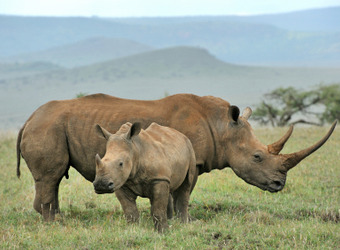 view image gallery
view image gallery
Days 5-6: Lewa / Laikipia
The dramatic Laikipia region, wild and sparsely populated, has become a center for global conservation leadership. Much of Laikipia is comprised of privately owned ranches that have been combined by local communities to create vast conservancies, with free-ranging wildlife including elephant, lion, leopard, buffalo and abundant plains game. Renowned among Laikipia’s sanctuaries is Lewa Wildlife Conservancy, which has played a critical role in sustaining endangered rhinoceros, Grevy’s zebra and sitatunga.
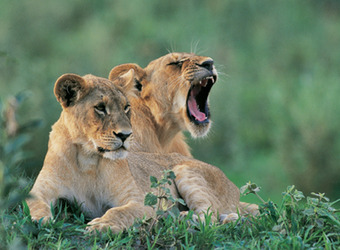 view image gallery
view image gallery
Days 7-9: Maasai Mara Nat'l Reserve
The famed Maasai Mara is one of Africa’s most acclaimed wildlife reserves, renowned for its wildebeest migration, prides of lion and huge herds of plains animals. The Mara is the northern portion of the Serengeti Plains, and we find excellent wildlife viewing all year long in these grasslands. The reserve is named for the Maasai tribespeople, the traditional inhabitants of the area who graze cattle here, and the Mara River that runs through it.
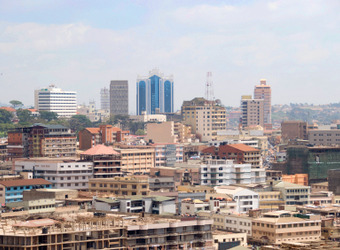 view image gallery
view image gallery
Day 10: Entebbe / Kampala
Safaris in Uganda typically start and finish in Entebbe or nearby Kampala. Entebbe, on Lake Victoria, was a former British colonial administrative center. The National Botanical Gardens, laid out in 1898, are a must-see here. Uganda’s capital, Kampala, was established during the 13th century Buganda kingdom, one of the oldest in Africa. Built among lush hills and wetlands that were once royal impala-hunting grounds, Kampala today is a modern city of 1.7 million.
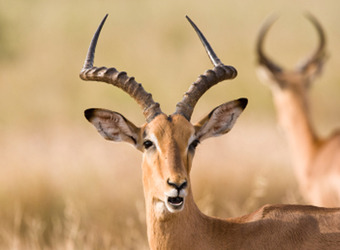 view image gallery
view image gallery
Day 11: Lake Mburo Nat'l Park
While this small park in southern Uganda is famous for its zebra herds, its acacia woodlands also provide the best place in Uganda to see the huge eland antelope, topi, impala, common duiker and reedbuck. The rare sitatunga, a water-adapted antelope, is found in the interior swamps alongside papyrus gonalek and some 300 bird species. Lake Mburo is the largest of the five lakes in this park, which together attract hippo, crocodile and a variety of water birds.
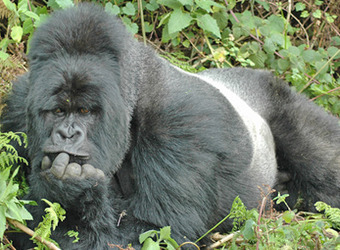 view image gallery
view image gallery
Days 12-14: Bwindi National Park
Named for the dense forests it encompasses, Bwindi Impenetrable National Park is home to roughly half the world’s remaining mountain gorillas. Though the park is best known for its outstanding gorilla tracking, it also provides refuge to chimpanzees, monkeys, elephants and various small antelope. Bwindi is a key Uganda birding destination, with 23 of Uganda’s 24 Albertine Rift endemics, including threatened species such as African green broadbill and Shelley's crimson wing.
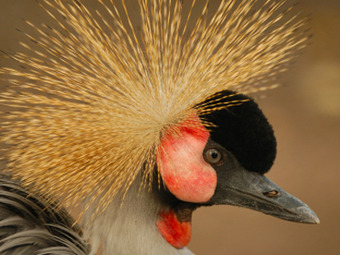 view image gallery
view image gallery
Day 15: Lake Mburo Nat'l Park
As Lake Mburo is en route between Bwindi Impenetrable Forest and Kampala/Entebbe, it invites a return stop to further explore its varied landscapes. The park is a mosaic of habitats, from gallery forests and acacia- dotted savanna to rocky, rolling hills and extensive wetlands. Guided nature walks may offer encounters with Burchell’s zebra, buffalo and warthog, while boat cruises reveal plentiful hippo, crocodile and a great array of birds—watch for fish eagles and the rare shoebill stork.
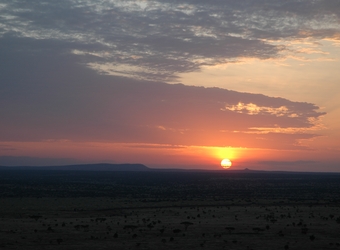 view image gallery
view image gallery
Day 16: Entebbe/Home
Your safari adventure ends today in Entebbe, Uganda.
